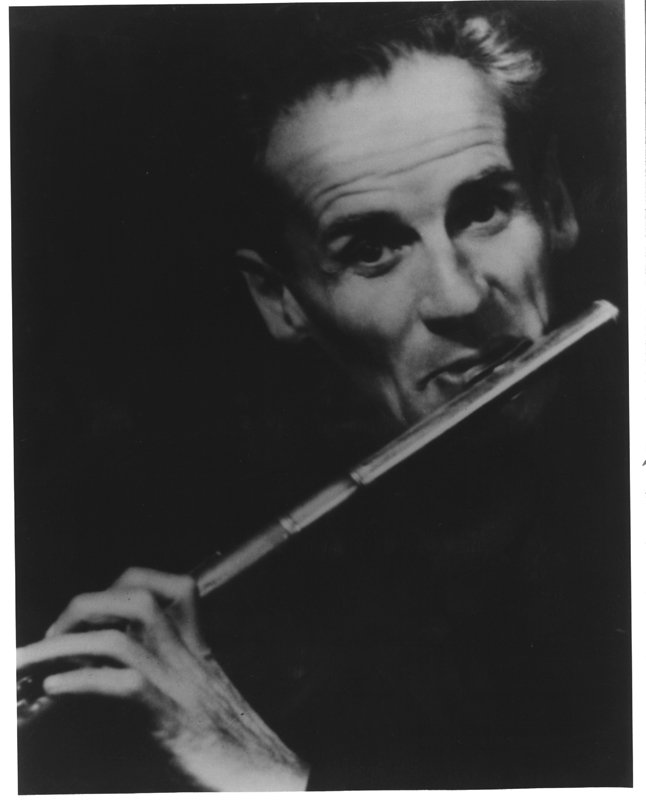“Marcel, where is the beat?”
Moyse’s uncle upon hearing him practice
Here is a practice guide for number 11 of 24 Petites Etudes Melodiques. These are notes from a class I gave online at Fluting with Friends
There are two main sections to this etude, which are quite contrasting in character.
Part 1: Tchaikovsky Piano Concerto
Confidence and courage through technique
Find a singing quality on all notes by establishing a good sonorous sound on Db3 and Gb3; practice these as harmonics to find the air speed and direction. The relative pitch of the Db3 and Db2 needs to be carefully considered since the Db2 is notoriously sharp and so the octave above can sound flat. So, take time to tune your Db octaves.
6/4 metre
Beats 1 and 4 are most important in this metre. Try not to force out the low note, because it is on a weak beat. Similarly, avoid blowing more as you go up to Db in bar 4. This is what Moyse’s uncle was concerned about when he heard him practising. With metre, I always think of how a dancer would step. In 6/4 or 3/4, one can think of a waltz by Tchaikovsky.
Phrase structure
The phrases are structured thusly: Short (1 bar), Short (1 bar), Long (2 bars).
Notice how the harmony supports the phrase structure, where the long phrase sustains the dominant harmony until it finally resolves at the end of bar 4. The tension of the harmony requires us to sustain the sound and colour until it resolves onto the tonic.
The character comes from Tchaikovsky Piano Concerto, which has very similar harmonies. The Piano Concerto is in 3, but we can think of the etude’s 6/4 metre as being two lots of 3.
Part 2(a): Micro/macro phrasing
The “Darling” stress pattern, Repeated notes
Micro phrasing
Note the stress and release of each two-note pattern. Think of the word “Darling” (stress and release). Technically, this involves a small diminuendo from the 1st to 2nd note of each group. Think of the diminuendo going all the way through the second note until the next 2-note pattern, so that there isn’t any gap in sound. When you rearticulate for the next 2-note pattern, the repeated note will be clear because of this diminuendo and there will be no need to leave gaps in between slurred groups. Articulation literally means connection, so this connection is important.
Think of the character of this. At a fast tempo in a major key, this could be bouncy (happy). In a slower tempo and in a minor key, it could be weeping (sad). Practice in both characters, but for me, this part of the etude is on the sad end of the spectrum.
Macro phrasing
After establishing a good stress and release, we need to make sure that we can still hear the beat, with a stronger first beat. Practice the melody, carefully showing the shape of each bar.
 Even more macro!
Even more macro!
Now find out where the phrases build towards. Play the skeleton (outline).
So now we have a nice shape for each bar, but also a progression towards the 3rd bar. Notice how the melody goes up to Bb on the 2nd time – it should be even more expressive than the Ab! When you add all the notes back, try to bring your micro and macro phrasing together.
At the end, be careful not to play the low Db loud as this should be the softest note of the phrase. Many people tend to push for the low note because they want to make sure it comes out and it disrupts the shape of the phrase. Keep the pitch up though, as this can sound flat. Also be careful of the intonation of Eb-Db. The Eb can be flat on some flutes and Db is almost always sharp! A whole tone needs to be wider than equal temperament.
Part 2(b) Octaves, Micro/macro phrasing and “elephant” stress pattern
This is an extension of above, but with octaves added! The stress pattern of the triplets is now “elephant” or “elegant” (stress-release-release). With the top note of each triplet being the loudest and most expressive, aim your airstream down (to avoid being sharp) and then lift the airstream as you diminish the other two notes of the triplet (to avoid being flat). Careful with the intonation of the octaves.
Again, it is important that one doesn’t force the lower notes, as this will disturb the metre and phrasing. Practice forte and piano, with good awareness to the intonation and observing whether tension creeps in. f = full sound. p = projection.
Thanks for reading and Happy Fluting!


